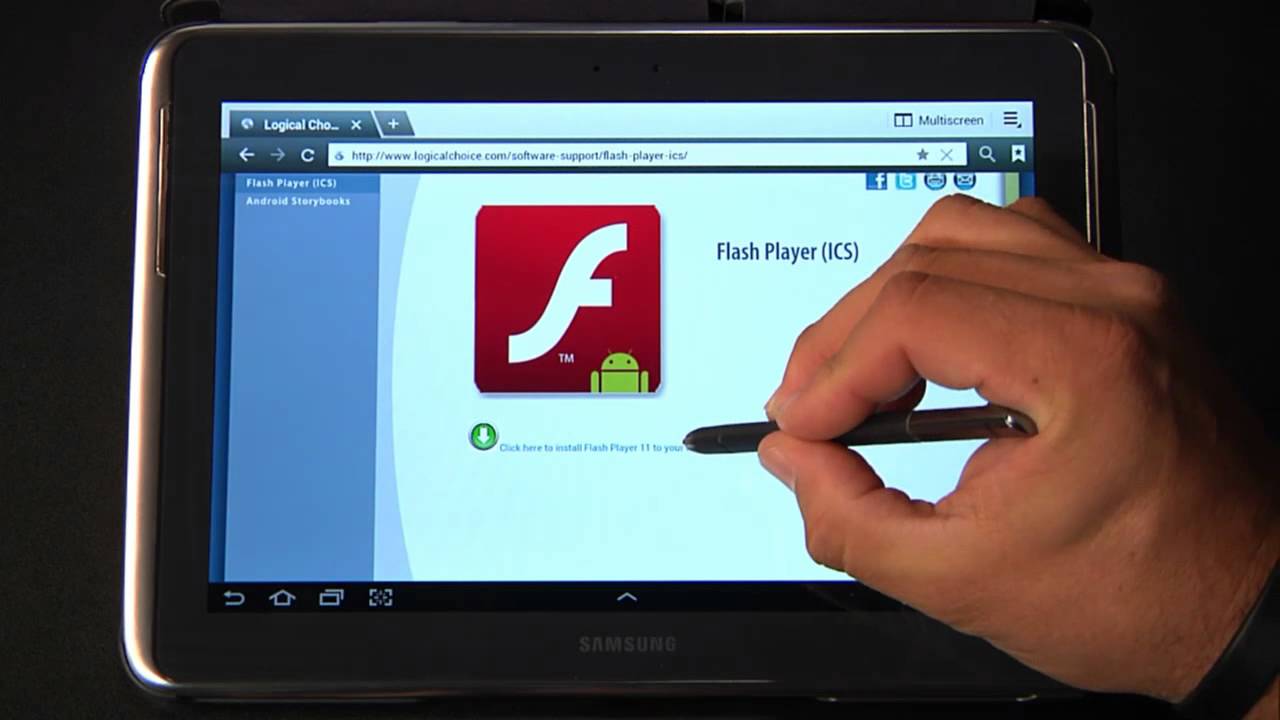
System Requirements
Before starting the installation process, ensure your Android tablet meets the necessary system requirements:
- Operating System: Android 7.0 (Nougat) or higher
- RAM: At least 2GB for smooth performance
- Storage: Minimum of 500MB free
- Processor: Quad-core or better
- Screen Resolution: At least 1280×800 pixels
- Internet Connection: Stable Wi-Fi or 4G/5G
- Google Play Services: Must be installed
- Battery: At least 4000mAh capacity
- Permissions: Grant storage access and location services
Getting Started with Your Browser
To install Flash Player, begin by setting up a compatible browser:
- Power on your Android tablet.
- Connect to Wi-Fi: Go to Settings > Wi-Fi > Select your network > Enter password.
- Open the Google Play Store app.
- Search for a browser (e.g., Chrome, Firefox, Opera).
- Tap the browser's name in the search results.
- Press the Install button.
- Wait for the download and installation to complete.
- Open the newly installed browser by tapping Open.
- Set up the browser by following on-screen instructions.
- Sign in to your account if prompted.
- Customize settings like default search engine, privacy options, and sync settings.
- Bookmark favorite sites for quick access.
Installing Flash Player
With a compatible browser installed, proceed to install Flash Player:
- Open your chosen browser.
- Navigate to the Adobe Flash Player download page on the Google Play Store or another trusted source.
- Tap the Install button next to Adobe Flash Player.
- Wait for the download and installation process to complete.
- Open Adobe Flash Player by tapping Open after installation.
Configuring Security Settings
After installing Flash Player, configure security settings for safe usage:
- Enable autofill for addresses and payment information.
- Report issues promptly through the app's settings or support channels.
- Regularly clear cookies and cache to remove tracking data and improve performance.
Ensuring Browser Security
Maintain browser security by following these steps:
- Ensure the browser has encryption to protect data.
- Look for HTTPS in the URL bar for secure sites.
- Avoid using public Wi-Fi for sensitive activities like banking.
- Use a VPN to mask your IP address and encrypt your connection.
- Clear cookies and cache regularly.
- Enable incognito mode to browse without saving history.
- Update your browser frequently to patch security vulnerabilities.
- Enable two-factor authentication for extra account security.
- Only grant necessary permissions to apps and websites.
- Use ad blockers to prevent tracking by ads.
- Review privacy settings in your browser and adjust them to limit data sharing.
- Use password managers to create and store strong passwords securely.
Be Cautious with Extensions
Exercise caution with extensions; some may collect data without your knowledge:
- Read privacy policies to understand data usage.
- Disable autofill for sensitive information like passwords or credit card numbers.
- Regular backups ensure you don't lose data if something goes wrong.
Installing Flash Player on your Android tablet involves careful consideration of system requirements and security settings. Following these steps ensures access to legacy content while maintaining a secure browsing experience. Although Flash Player remains available for installation, Adobe no longer supports it, meaning no further updates or security patches will be provided. Use it judiciously and with caution.
